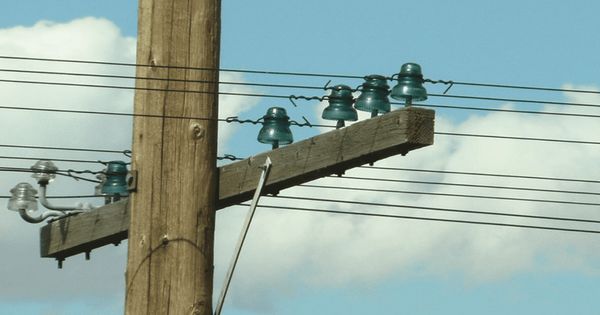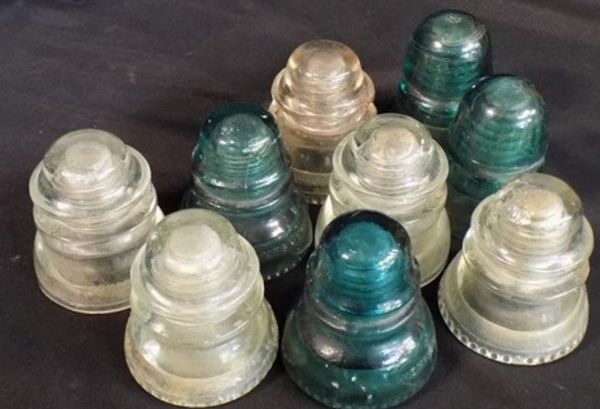Have you ever noticed those glass or porcelain objects on the tops and crossarms of phone poles? Maybe you’ve wondered what they are and why they are there. Well, let me tell you, these insulators play a crucial role in the world of communication.
Their job is simple yet vital – they prevent the electrical wires they support from coming into contact with the pole or the ground below. Without these insulators, all that electricity or those important phone calls would simply leak away. Imagine trying to make a long-distance call, only to have your voice fizzle out after a few hundred feet. Not exactly enjoyable, right?

Insulators come in a variety of shapes, sizes, and colors. While many of the older ones were made from glass or porcelain, some were crafted from wood and glass, or even more unusual materials like animal parts. Size also matters – smaller insulators hung out with the phone and telegraph wires, while larger ones were reserved for high-voltage electrical lines. It’s like a VIP section for insulators, depending on the voltage!
When it comes to power lines, the higher the voltage, the larger the insulator needed. Why? Because electricity can be a bit of a show-off. If the voltage is high enough, it might just decide to jump a significant distance, known as “flashover.” Wide “umbrella” disks and large lower skirts on insulators act like bouncers at a nightclub, ensuring that the wire stays at arm’s length from the pole and preventing this electrifying dance move from happening.
Believe it or not, insulator collecting is a thing! It gained popularity in the 1960s when utility and power companies started burying their wires. Many of these classic insulators could not join the underground party and ended up in the “throw out” bin. But as they say, one person’s trash is another person’s treasure.
Collectors of insulators come from all walks of life. Some collect for the aesthetics, using these colorful glass pieces to adorn their windowsills and gardens, adding a touch of sparkle to their surroundings. Others have specific tastes and search for particular types of insulators. Prices can range from freebies to jaw-dropping sums. Rare specimens can fetch tens of thousands of dollars, but there are also plenty of budget-friendly options. You might stumble upon one for less than a dollar or, if you’re lucky, even score one for free at flea markets.
It’s worth noting that most of the insulators in the hands of collectors are between 70 and 145 years old, with some designs no longer being produced since the early 1900s. Anything old and no longer in production tends to become a collectible, and insulators are no exception to this rule.
So, next time you spot one of these quirky glass or porcelain insulators perched high up on a telephone pole, take a moment to appreciate the important role they’ve played in the history of communication. They may seem like relics of the past, but they have left an indelible mark on our ability to connect with one another, whether it’s through a phone call or a lightning-fast text message. And who knows, you might just be inspired to start your own collection, joining the ranks of insulator enthusiasts who find beauty and history in these humble artifacts.




